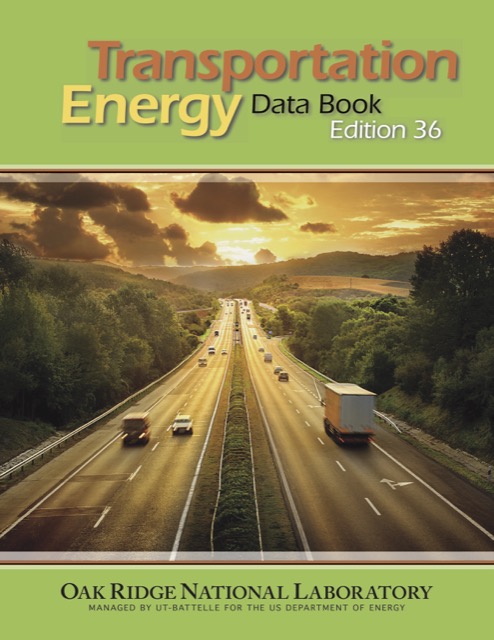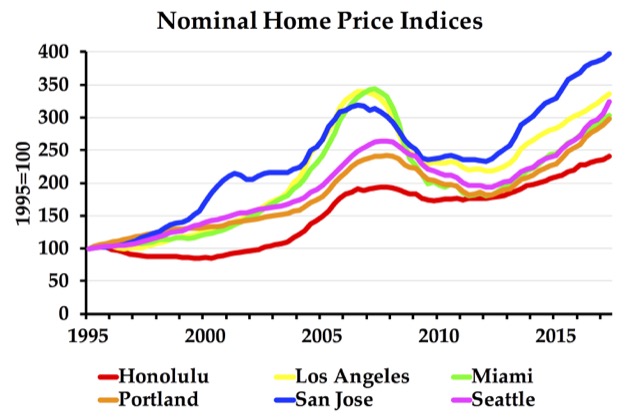The Federal Transit Administration has posted its 2016 National Transit Database in the form of some two dozen Excel files. As in each of the past ten years, the Antiplanner has summarized some of the most important data in a single spreadsheet. This spreadsheet includes trips, passenger miles, fares, costs, vehicle data, rail miles, energy consumption, and greenhouse gas emissions (in grams) for every transit agency and mode of travel (rows 2 through 3798), totals for each mode (rows 3802 to 3820), and totals by urbanized area (rows 3851 through 4339). Because some of the smaller agencies were not required to report energy consumption, there are also totals for those systems for which energy consumption can be calculated (rows 3826 through 3844), making it possible to calculate average BTUs and greenhouse gas emissions per passenger mile.
In making this spreadsheet, I noticed some minor errors in my 2015 spreadsheet, mainly in some of the mode totals. So I’ve posted a revised version. It includes all of the calculations I’ve happened to make in the past year, including (in cells BH3644 through BK4150) a comparison of passenger miles by automobile vs. transit for each urban area. (Transit carried 11 percent of passenger miles in the New York urban area, 7 percent in San Francisco-Oakland, 4 percent in Honolulu, 3 to 4 percent in Chicago, Seattle, and Washington, 2 to 3 percent in Baltimore, Los Angeles, Philadelphia, and Portland, and under 2 percent just about everywhere else.) I won’t be able to make this calculation for the 2016 database until the Federal Highway Administration posts 2016 Highway Statistics.
In addition to the National Transit Database, the FTA has posted transit data tables in about a dozen different spreadsheets. The tables contain much of the same information but are a bit easier to read than the database, though a bit harder to use for mass calculations (especially since the spreadsheets have been “locked”). This year, some of the data tables come with interactive graphics, though they don’t seem to work on my Mac. Continue reading →









